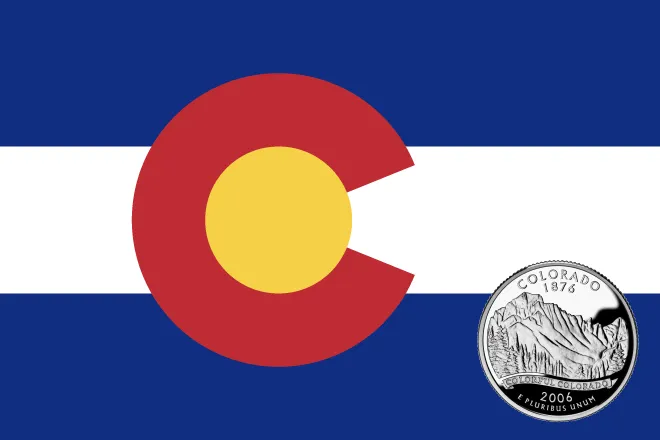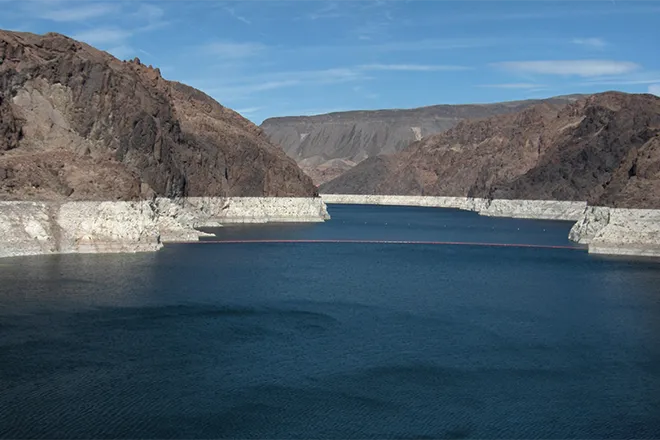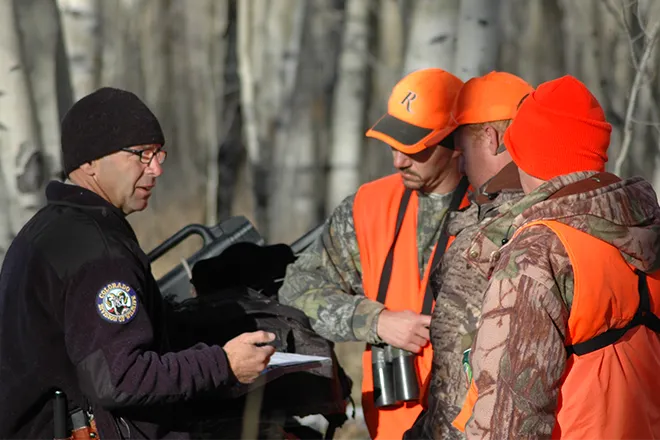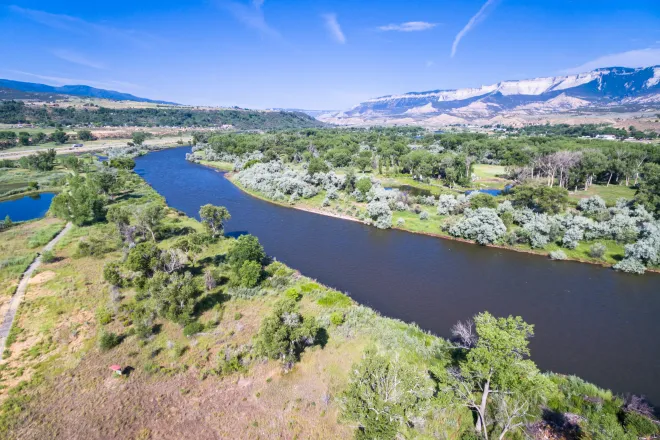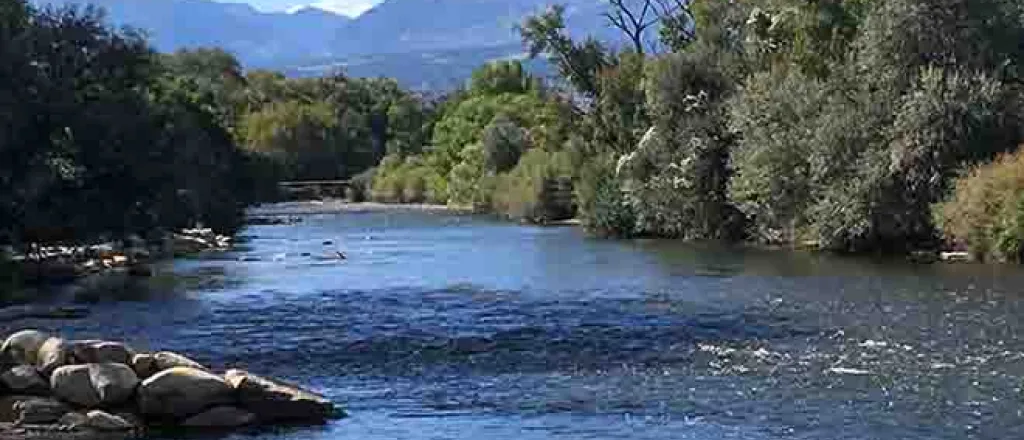
April 2023 Arkansas River Report
With spring runoff underway, West Slope and Rio Grande Basin snowpacks remain well above average, but the Arkansas River Basin continues to record the lowest snowpack in Colorado. According to the latest information from the U.S. Drought Monitor, only Colorado's West Slope river basins remain drought-free with the formerly drought-free Upper Arkansas Basin now experiencing "abnormally dry" conditions.
The three-month outlook from the National Weather Service gives the Arkansas Basin a 33-40 percent chance of above-normal temperatures for May through July and "even chances" for normal precipitation.
Snowpack
During April, Arkansas Basin snowpack dropped from 92 percent to 78 percent of median for snow-water equivalent, the lowest in the state. Two Ark Basin SNOTEL stations – Glen Cove near Pikes Peak and Apishapa near Cuchara – are not reporting any snowpack. Other SNOTEL readings range from 6 percent at Hayden Pass in the Sangre de Cristo Range to 120 percent at St. Elmo in western Chaffee County. The Brumley SNOTEL site, near Independence Pass, reports 79 percent of median, while Fremont Pass reports 82 percent. Buckskin Joe in the Mosquito Range reads 64 percent. The Whiskey Creek station west of Trinidad reports 8 percent.
Reservoir Storage
Pueblo Reservoir water storage dropped to 66.9 percent, from 221,675 acre-feet to 215,988 at the end of April. Water levels in Turquoise Lake remain low (58,631.5 acre-feet, 45.3 percent of capacity) in anticipation of Fryingpan-Arkansas Project water imports exceeding 50,000 acre-feet. Twin Lakes Reservoir levels remain virtually unchanged at 100,055 acre-feet (71 percent). John Martin Reservoir decreased slightly from 38,999 acre-feet at the end of March to 37,202 acre-feet at the end of April.
River Flows
The Arkansas River flow near Leadville is 77.6 cfs. Downstream, the U.S. Bureau of Reclamation has increased releases from Twin Lakes by 75 cfs to 250 cfs, almost all of which is native Ark Basin water. The flow below Granite is trending upward with a current gauge reading of 492 cfs. The Wellsville gauge, near Salida, reports 588 cfs, well above the target range of 250-450 cfs established by the Voluntary Flow Management Program for April 1 to May 15.
The flow at Cañon City is currently 502 cfs. Below Pueblo Reservoir, flows are 356 cfs. Near Avondale the river is flowing at 489 cfs, and the gauge at Rocky Ford reads 176 cfs. Current readings below John Martin Reservoir and at Lamar are 127 cfs and 12.5 cfs, respectively.
Calling Water Rights
With irrigation season beginning, Ark Basin calling water rights have increased from nine a month ago to 17. The most senior calling right is the 1863 Hoehne Ditch on the Purgatoire River, followed by two Fourmile Creek water rights, the 1863 Canon Heights Ditch and the 1865 Titsworth Ditch. The other calling water rights are:
- Gonzales Ditch, 1866 priority, Apishapa River.
- Upper Huerfano No. 1, 1869, Huerfano River.
- Coleman Ditch, 1867, Hardscrabble Creek.
- Smith Ditch, 1870, Taylor Creek.
- Cascade Ditch, 1870, Hardscrabble Creek.
- Francisco Daigre, 1871, Cucharas River.
- Cottonwood and Maxwell Ditch, 1874, Cottonwood Creek.
- Spring Ditch, 1876, Middle Tallahassee Creek.
- Missouri Park Ditch, 1882, South Arkansas River.
- Tenassee Ditch, 1882, South Arkansas River.
- Catlin Canal, 1884, Arkansas River mainstem.
- Lamar Canal, 1886, Arkansas River mainstem.
- Welton Ditch, 1889, Huerfano River.
- X-Y Irrigating Ditch, 1889, Arkansas River mainstem.
- Arkansas River Compact (with Kansas), 1949, Arkansas River mainstem.



